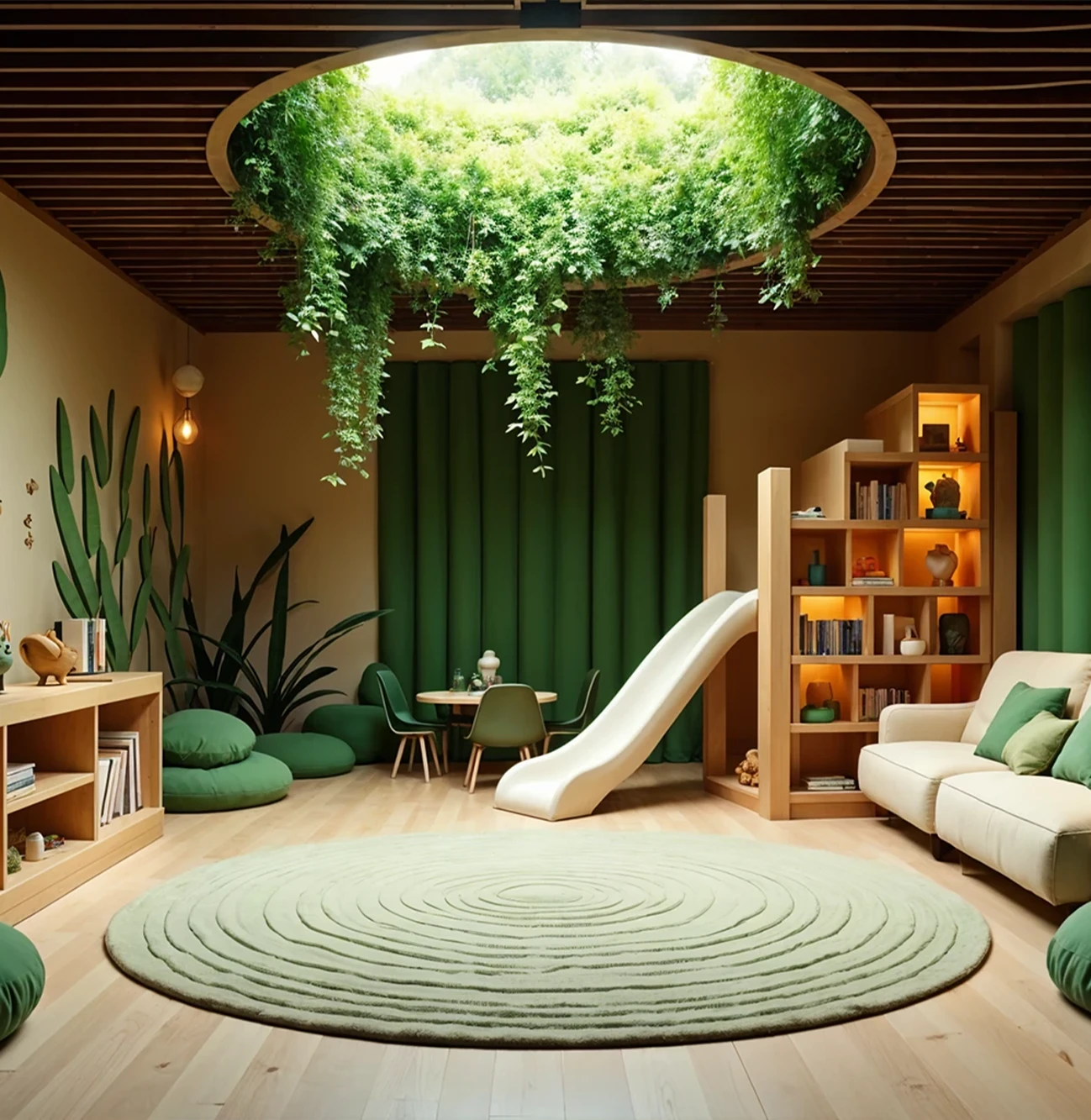Children with autism often face challenges with sensory processing, making it essential that their therapy environment is supportive and calming. A sensory-friendly therapy center is specifically designed to accommodate these needs, creating a space where children can thrive without being overwhelmed.
What Makes a Therapy Center Sensory-Friendly?
Key features include:
- Quiet rooms with soft lighting
- Calming colors and textures
- Tools like weighted blankets, sensory swings, and noise-reducing headphones
- Structured routines with visual schedules
How It Helps Children with Autism
A sensory-friendly environment:
- Reduces anxiety and overstimulation
- Encourages focus and engagement
- Supports better learning and participation in therapy
Sensory Accommodations in Practice
Therapists may use:
- Sensory integration techniques
- Breaks for self-regulation
- Tools like fidget toys, therapy putty, or crash pads
Experience the difference a sensory-friendly setting can make. Visit our therapy center and discover a place built for comfort, safety, and growth.

